Influence of luminosity on plants, climatic variables and their implications on agriculture
segunda-feira, setembro 12, 2022
The practice of agriculture consists of several factors that form a gear that needs to function in harmony in order to arrive at the expected result: high productivity. Making a case of all characteristics such as soil, water quality and climate before cultivating, is essential for this gear to rotate in the best possible way.
When it comes to climate, luminosity is a very important factor when choosing the place and culture to be implanted. Every plant species has specific needs of solar radiation and amount of light hours per day to complete essential processes such as photosynthesis. As an example, the cultivation of passion fruit and onions, in which they are greatly affected by the choice of light availability of the place of cultivation.
Photoperiod is a factor that is directly linked to processes such as induction to flowering and fruiting. Remembering that each species has an amount of light hours necessary for this to occur, being grouped into plants of long days, short and neutral or photoneutral. In the absence of favorable day time to induce reproductive processes, some species may continue to grow vegetatively, leading to the phenomenon of gigantism. On the contrary, under the influence of the appropriate photoperiod, flowering and fruiting may be induced earlier.
A previous study of this information brings expressive results, such as soybean, which is a very sensitive crop to photoperiod and latitude, where producers knowing the characteristics of the crop have made Brazil one of the largest soybean producers in the world. In addition to this care, the use of irrigation generates substantial increases in productivity, reducing dependence on the climatic factor and offering water and nutrients in the periods in which the plant needs it most. The irrigation located by underground drip in soybean and other grains has leveraged the production, making it possible to produce 5 crops in two years in the same area, making the cultivation much more profitable.
Source: RPA news










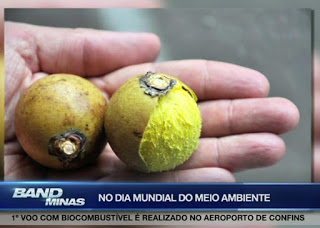
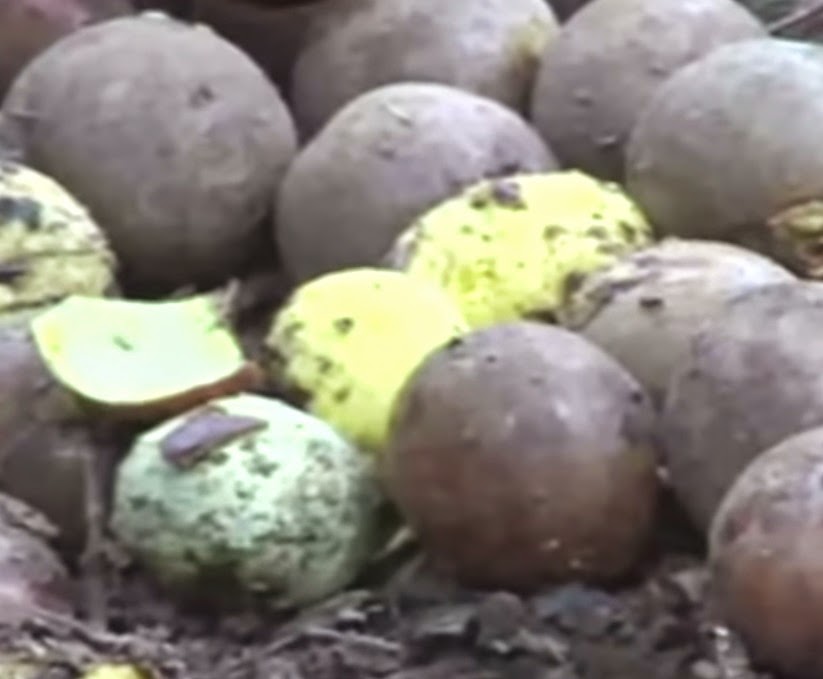
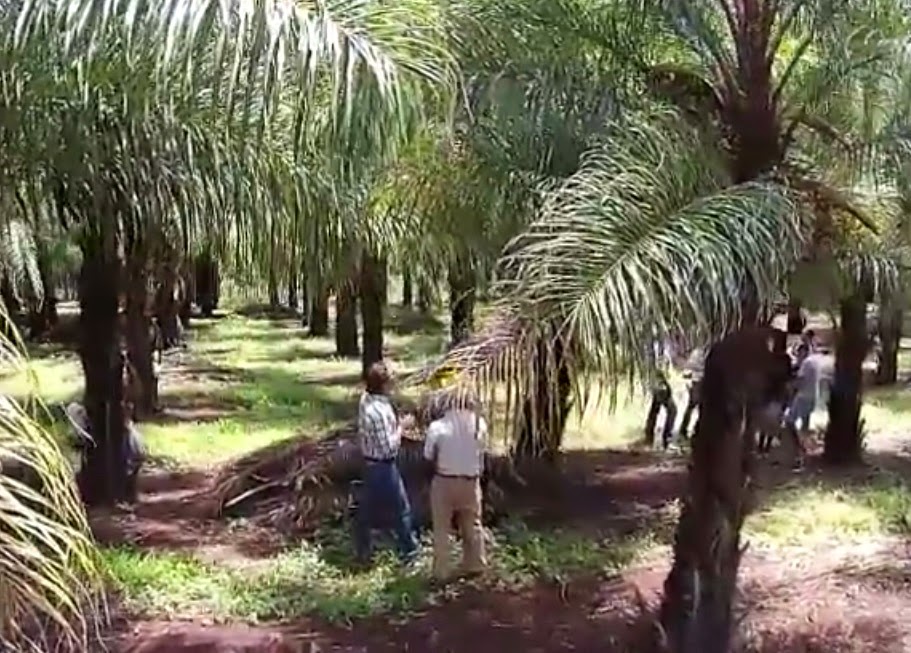

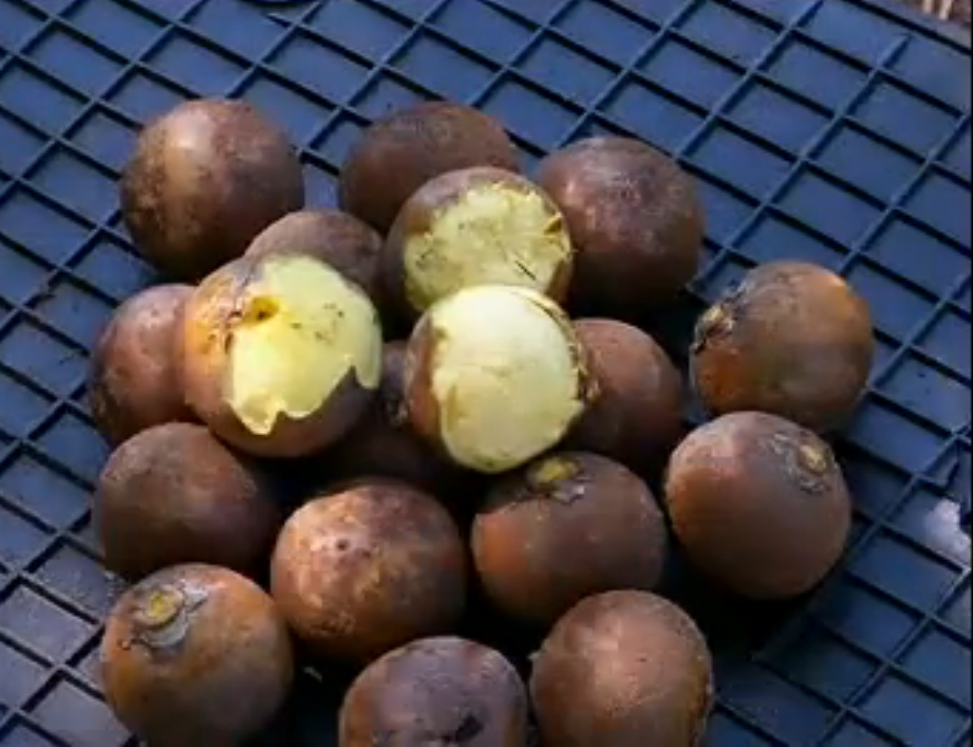
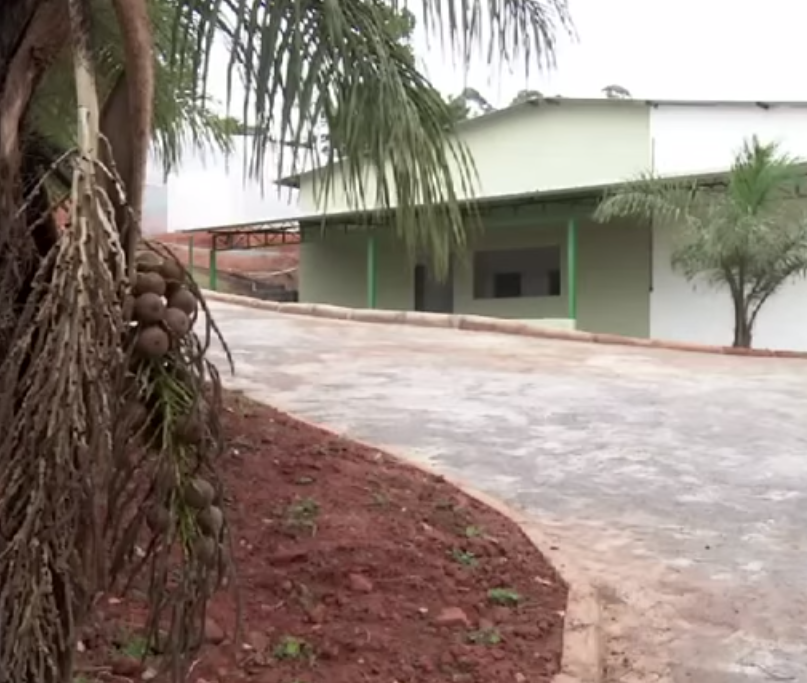
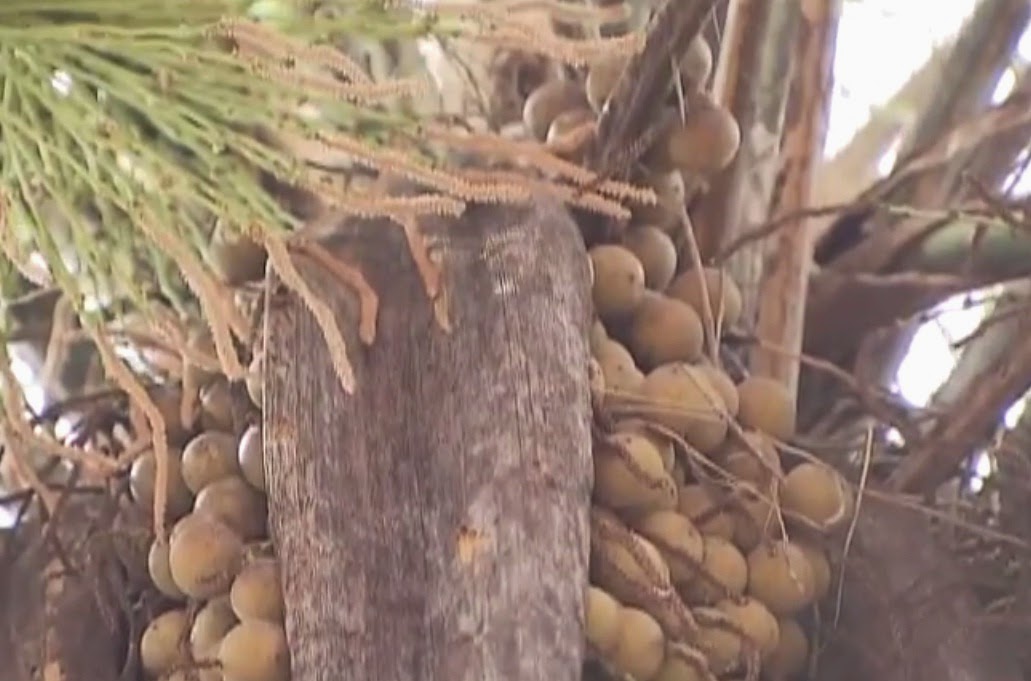
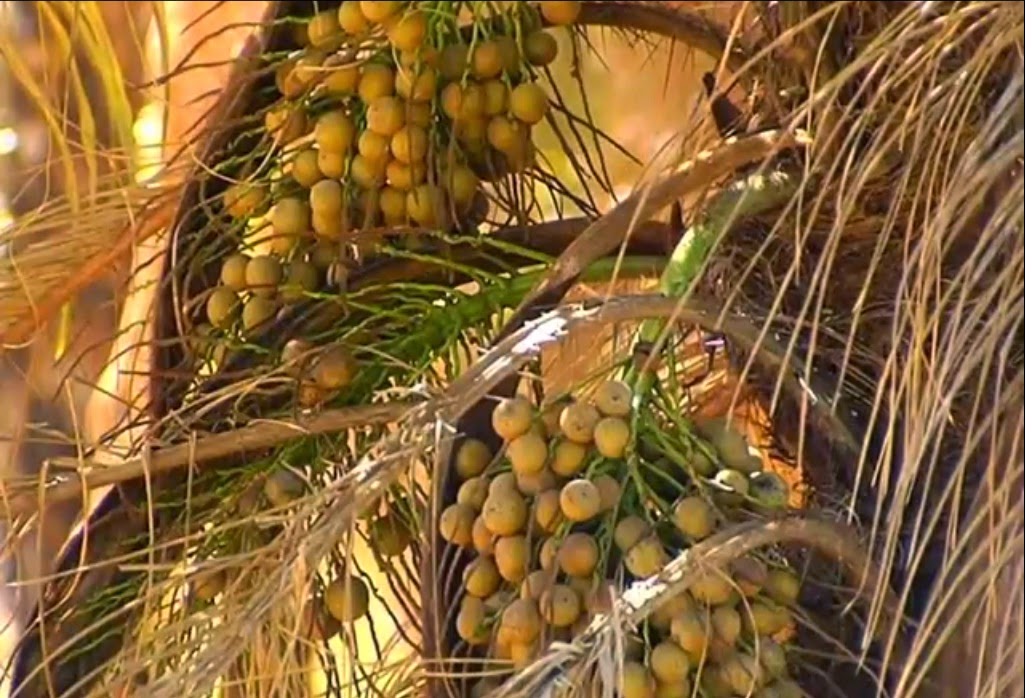

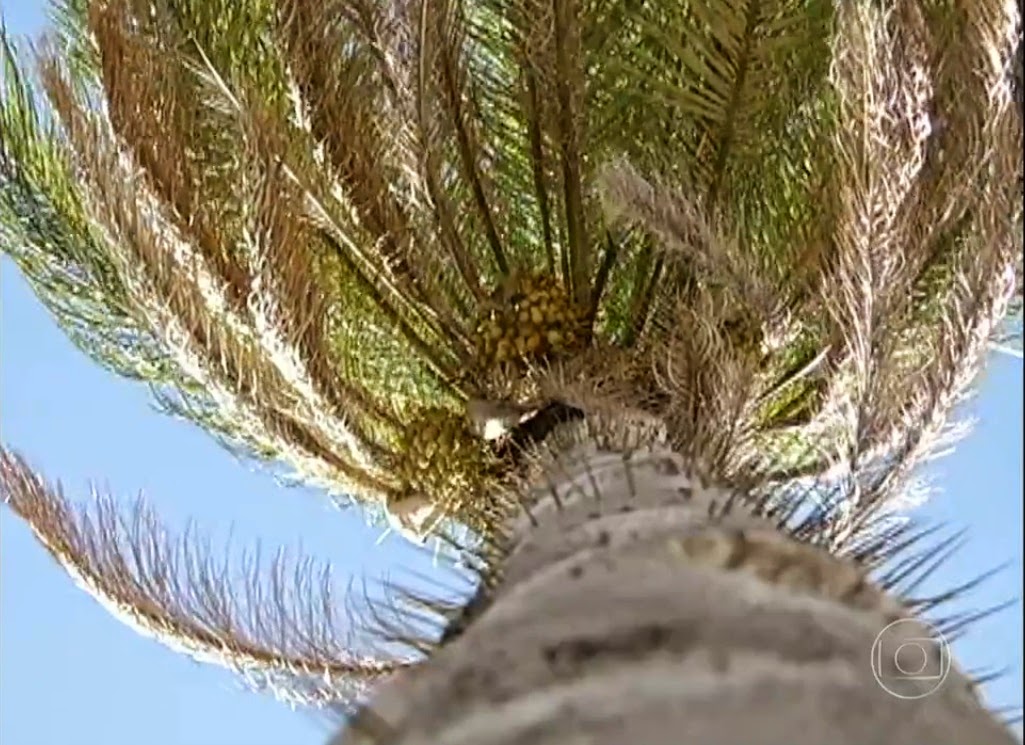
0 comentários
Agradecemos seu comentário! Volte sempre :)